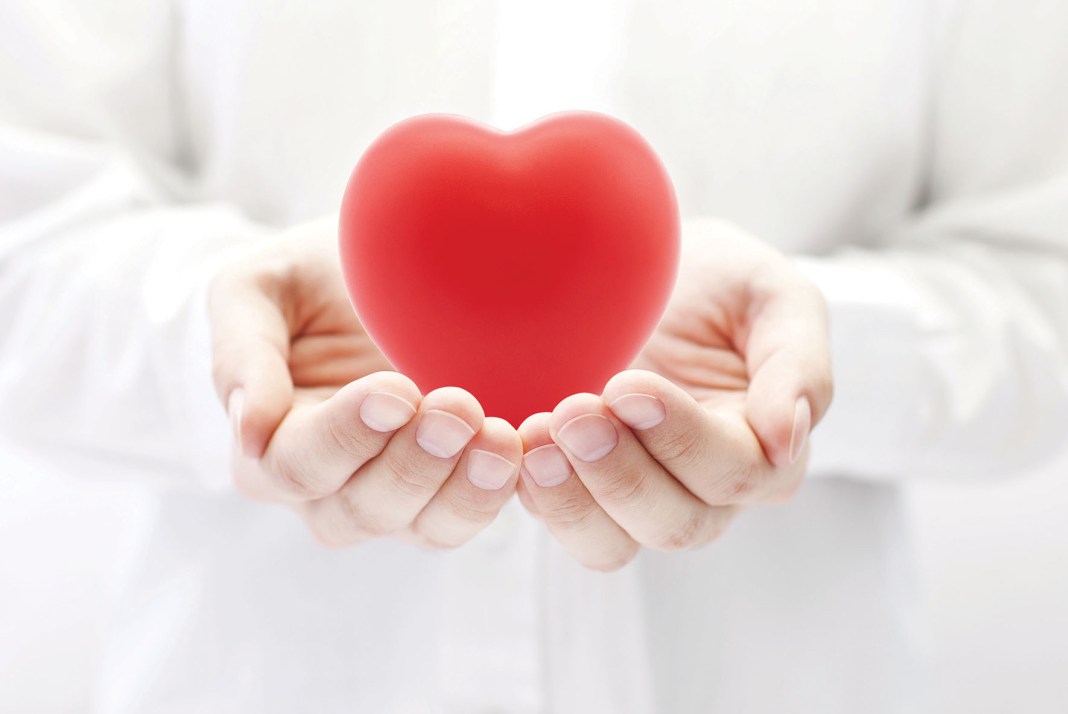CORONARY ARTERY DISEASE
Clogged arteries often lead to this type of heart disease, which accounts for one in seven deaths in the U.S. each year, according to the American Heart Association. Plaque buildup in the main blood vessels of the heart stymie blood flow to the muscle. ‘This is the number one type of heart disease that we take care of,’ says Sandhya Balaram, MD, associate professor of cardiovascular surgery at Icahn School of Medicine at Mount Sinai in New York City. Since arteries clog over time due to a variety of risk factors—high blood pressure, high cholesterol, diabetes, or a sedentary lifestyle—many patients don’t notice any symptoms until there’s significant blockage. Symptoms include shortness of breath, chest pain, or even heart attack.

VALVE DISEASE
The heart is made up of four main valves, which open and close like doors to control blood flow. They’re usually soft like tissue paper, says Dr. Balaram, but when they become calcified (hard deposits of calcium accumulate) they become stiff and narrow, reducing blood flow. Valves can also not close properly, causing blood to leak back into the heart.

HEART ATTACK
Every year, 735,000 Americans suffer a heart attack, according to the U.S. Centers for Disease Control and Prevention. A heart attack occurs when blood flow to the heart is completely cut off, usually by a blood clot, causing the muscle to begin dying. Symptoms include: pain in the area between the shoulder blades, neck or jaw pain or discomfort, pain in the left arm, shortness of breath, dizziness, fatigue, clammy skin, sweating, or a feeling of impending doom.

ARRHYTHMIA
The heart usually has its own regular rhythm of beats. But when it beats too slow (less than 60 beats per minute), too fast (more than 100 beats per minute), or irregularly, this could signal arrhythmia. This can impact how much blood the heart can pump and is treated with medication or a pacemaker.

PERICARDIAL DISEASE
The heart is surrounded by a thin tissue sac called the pericardium; when this becomes inflamed due to infection, heart surgery, heart attack, cancer, or an autoimmune disease, it can cause symptoms like chest pain, low-grade fever, or increased heart rate. Treatment may include nonsteroidal anti-inflammatory agents (NSAIDs), steroids, or antibiotics.












